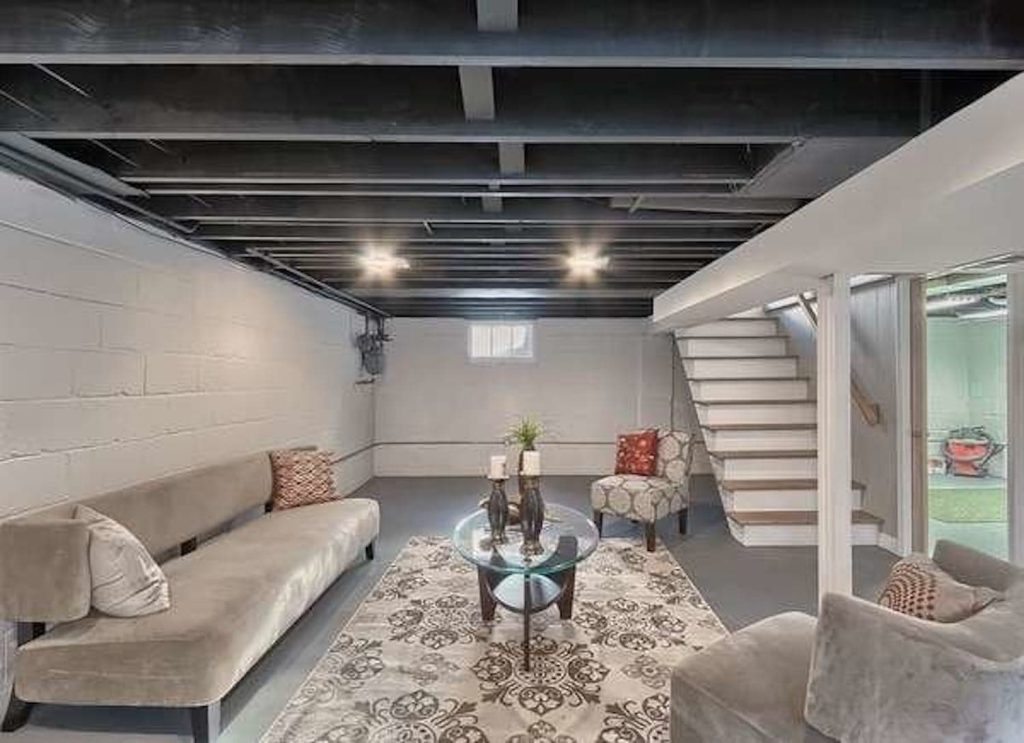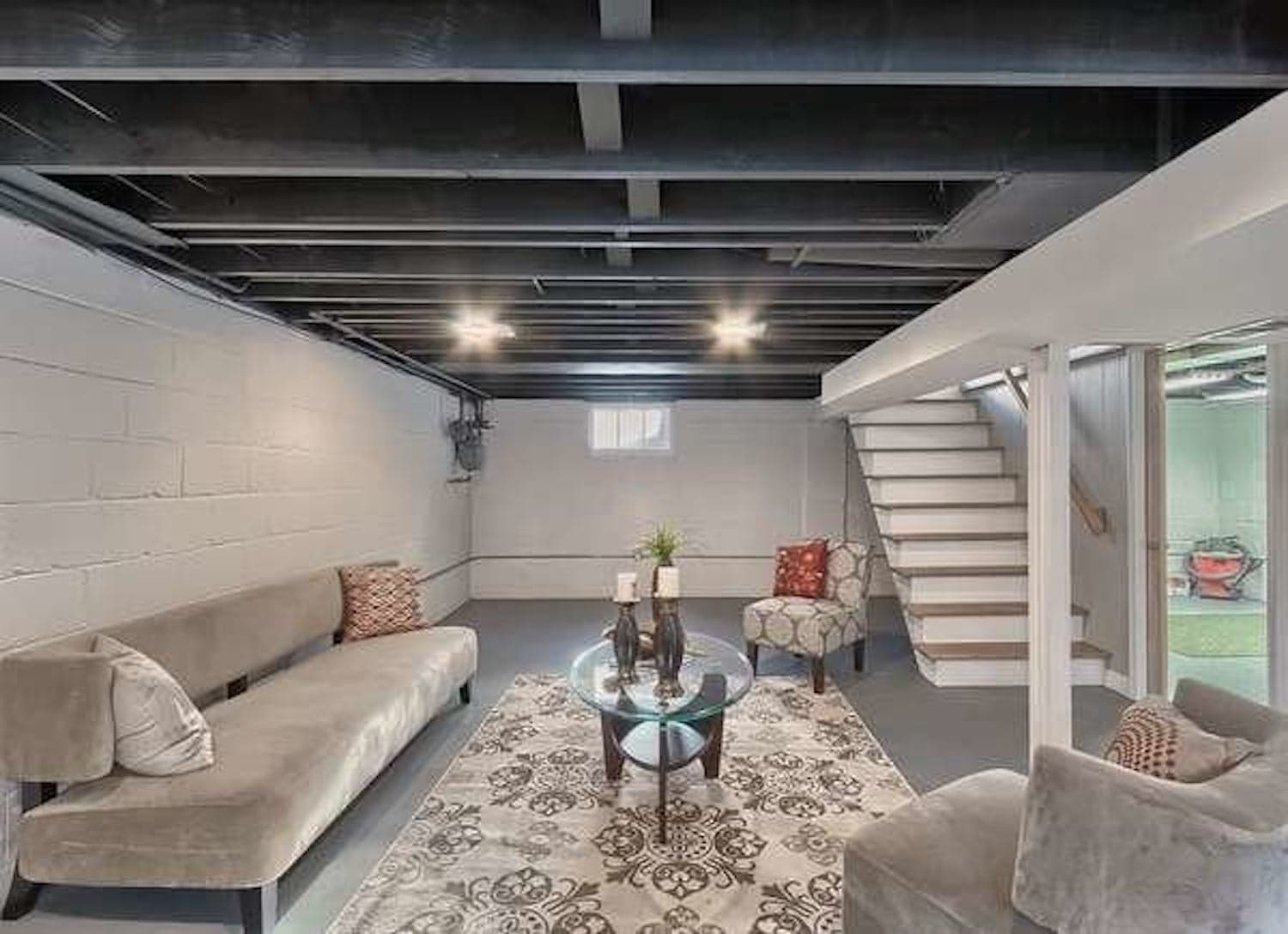Basements often serve as untapped potential in our homes, offering valuable space that can be transformed into functional living areas. However, if you have a basement with low ceilings, it presents a unique set of challenges and opportunities. In this article, we will explore how to effectively finishing a basement with low ceilings, making the most of this area while ensuring it remains comfortable and visually appealing.

Understanding the Challenges of Low Ceilings
Low ceilings in a basement can be limiting, but with careful planning and creative design, you can make the space both attractive and functional. Here are some common challenges associated with low ceilings:
- Headroom: Low ceilings can restrict headroom, making the space feel cramped and potentially uncomfortable for taller individuals.
- Natural Light: Limited ceiling height can affect the placement and size of windows, which impacts the amount of natural light that enters the space.
- Ventilation: Adequate ventilation is essential for a basement, and low ceilings may complicate the installation of ventilation systems.
- Design Aesthetics: Traditional design elements such as chandeliers or ceiling fans may not be practical or visually appealing in a low-ceilinged space.
Planning Your Basement Finishing Project
- Measure Ceiling Height: Start by measuring the exact ceiling height throughout the basement. This will help you understand the scope of the low-ceiling issue and make informed design decisions.
- Light Colors: Use light colors for walls and ceilings. Light hues create an illusion of space and brightness, making the room feel less confining.
- Recessed Lighting: Recessed lighting fixtures are an excellent choice for low-ceiling basements. They provide ample light without taking up headroom.
- Flooring Selection: Opt for low-profile flooring materials like laminate, engineered wood, or vinyl. These options help maximize ceiling height and are easy to maintain.
Creating Illusions of Height
- Vertical Lines: Incorporate vertical design elements like tall bookshelves or vertical stripes on the walls. These draw the eye upward and create an illusion of greater height.
- Mirrors: Mirrors can make a space feel more expansive. Strategically place mirrors to reflect light and give the impression of a higher ceiling.
- Minimalistic Furniture: Choose furniture with sleek lines and low profiles. Bulky or oversized furniture can make a low-ceiling room feel even smaller.
Functional Design for Low Ceilings
- Multi-Purpose Furniture: Consider furniture that serves multiple functions, such as a sofa bed or a coffee table with storage. This saves space and makes the most of the room’s functionality.
- Built-Ins: Built-in shelves, cabinets, and seating can be tailored to fit the space precisely, maximizing storage while maintaining a clean and uncluttered appearance.
- Open Concept Layout: An open floor plan can make the space feel less confined. Minimize the use of interior walls and partitions to create a more open and airy feel.
Ceiling Finishing Options
- Drop Ceilings: Drop ceilings, also known as suspended ceilings, can be installed to hide structural elements while providing easy access to utilities. They can also improve acoustics.
- Painted Exposed Ceilings: Sometimes, you can paint exposed ductwork and pipes in the same color as the ceiling to create an industrial or modern look.
- Ceiling Tiles: Decorative ceiling tiles are an option for adding texture and style to your low-ceiling space. They come in various patterns and materials.
Maintaining Adequate Ventilation
Proper ventilation is essential for basements. If low ceilings restrict traditional ventilation options, consider installing a ductless mini-split HVAC system or using a combination of small windows and exhaust fans to ensure fresh air circulation.
Read too: How To Dispose Of Ceiling Fans
Conclusion
Finishing a basement with low ceilings may present challenges, but it also offers a unique opportunity to create a cozy and inviting space. With the right design choices, lighting, and functional layout, your low-ceiling basement can become a valuable extension of your home, adding comfort and style to your living environment. By carefully planning your project and considering the specific challenges posed by low ceilings, you can make the most of this valuable space.
